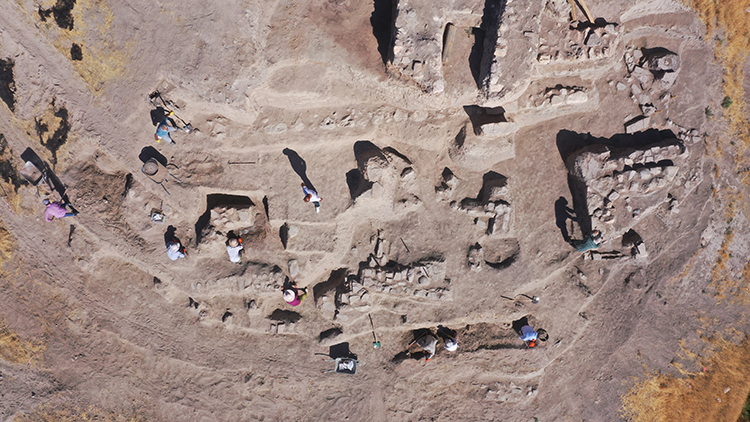
6,000-Year-Old Temple with Blood Channel and Altar Unearthed in Elazığ, Türkiye
A 6,000-year-old temple site has been discovered during archaeological excavations in the village of Tadım in Elazığ, eastern Türkiye. This significant find sheds new light on the region’s ancient past.
The excavations, coordinated by Türkiye’s Ministry of Culture and Tourism and carried out by the Elazığ Provincial Directorate of Culture and Tourism together with the Elazığ Museum Directorate, continue to unearth the rich historical heritage of the region. The work at Tadım Castle and Mound has revealed a temple area dating back to the Late Chalcolithic and Early Bronze Ages, approximately 6,000 years ago.
A Site of Ritual Sacrifice Uncovered
One of the most striking discoveries is a “blood channel”, where human and animal bones were found, along with a stone altar bearing cut marks. These findings strongly indicate that ritual sacrifices to deities were performed at the site.
In addition to the altar and blood channel, archaeologists uncovered a sacred hearth, multiple altars and podiums, ceramic shards, pottery in the Nakhchivan style, arrowheads, stamp seals, and a spindle whorl, all offering insights into the temple’s function and the daily life of the ancient society.
📣 Our WhatsApp channel is now LIVE! Stay up-to-date with the latest news and updates, just click here to follow us on WhatsApp and never miss a thing!!
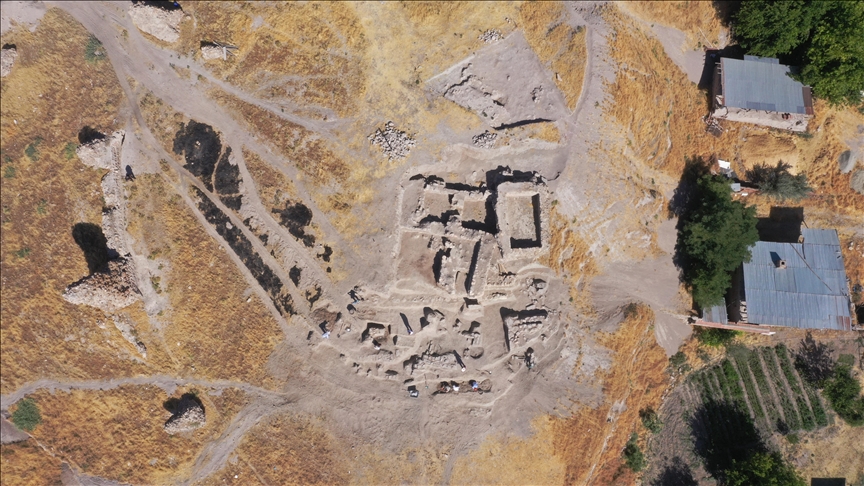
“We Have Discovered Our Region’s First Known Temple”
Ahmet Demirdağ, Director of Culture and Tourism for Elazığ Province, emphasized the historical importance of the discovery:
“This year, we unearthed what we can describe as the first known temple of our city and region. The presence of altars and sacrificial areas clearly points to ritual practices involving both animals and humans. A deep pit connected to the blood drainage channel was also found.”
Demirdağ noted that the site is still under excavation and that further layers could reveal even earlier phases of habitation. The findings already obtained provide significant details about the region’s religious beliefs, social life, and agricultural practices.
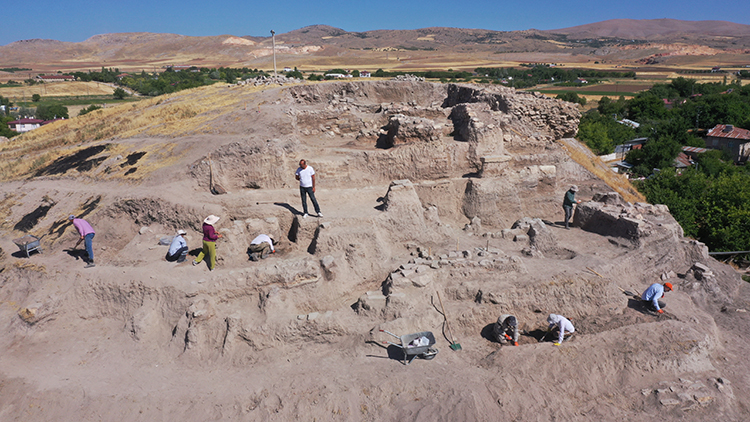
Early Signs of Urbanization Detected
Ergün Demir, the excavation site supervisor, explained that the structures were built using rubble stones and mudbrick, materials that offered resistance against invasions and natural disasters. He added:
“We’ve found evidence of dense, adjacent construction, which clearly shows early urban planning and increased settlement density during this period.”
Traces of a 6,000-Year-Old Civilization
The artifacts uncovered at the site demonstrate that Elazığ was not only a significant location today, but also a major settlement area in antiquity. The idols, tools for daily use, and agricultural seals discovered at the site confirm that the region has been continuously inhabited and culturally active for thousands of years.
You may also like
- A 1700-year-old statue of Pan unearthed during the excavations at Polyeuktos in İstanbul
- The granary was found in the ancient city of Sebaste, founded by the first Roman emperor Augustus
- Donalar Kale Kapı Rock Tomb or Donalar Rock Tomb
- Theater emerges as works continue in ancient city of Perinthos
- Urartian King Argishti’s bronze shield revealed the name of an unknown country
- The religious center of Lycia, the ancient city of Letoon
- Who were the Luwians?
- A new study brings a fresh perspective on the Anatolian origin of the Indo-European languages
- Perhaps the oldest thermal treatment center in the world, which has been in continuous use for 2000 years -Basilica Therma Roman Bath or King’s Daughter-
- The largest synagogue of the ancient world, located in the ancient city of Sardis, is being restored

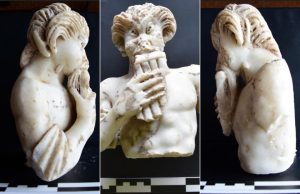
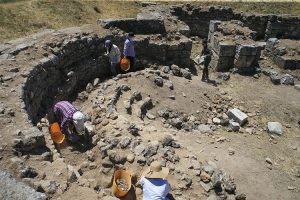
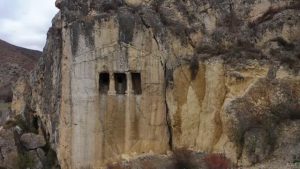
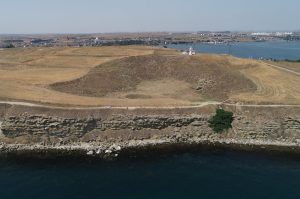
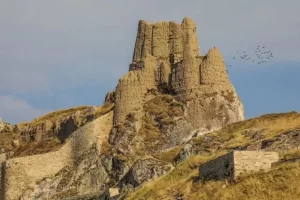
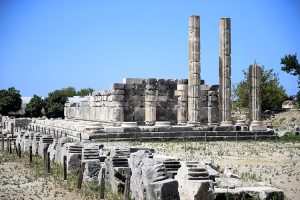


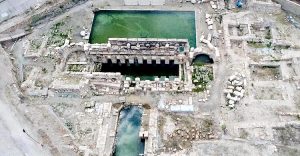
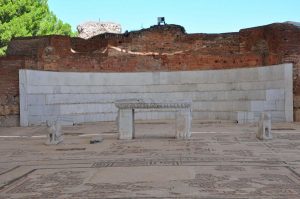
Leave a Reply